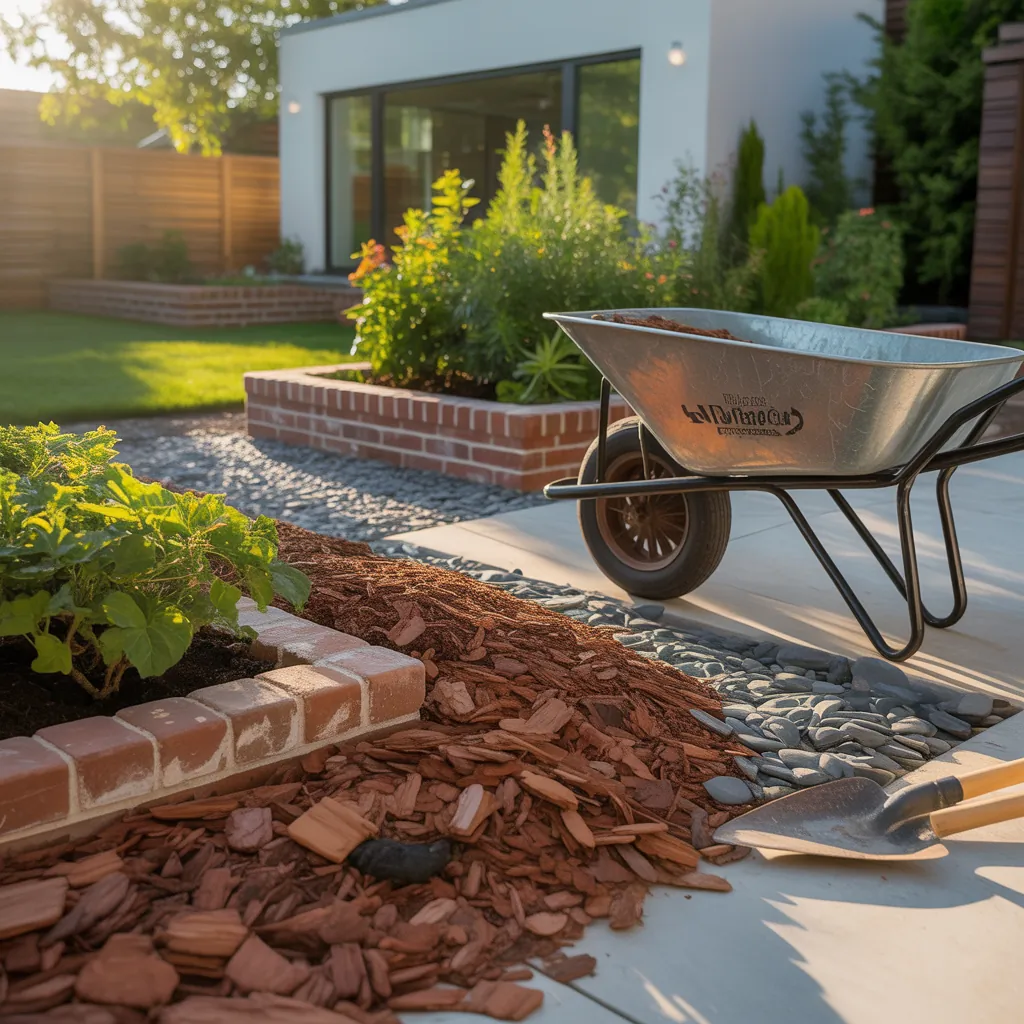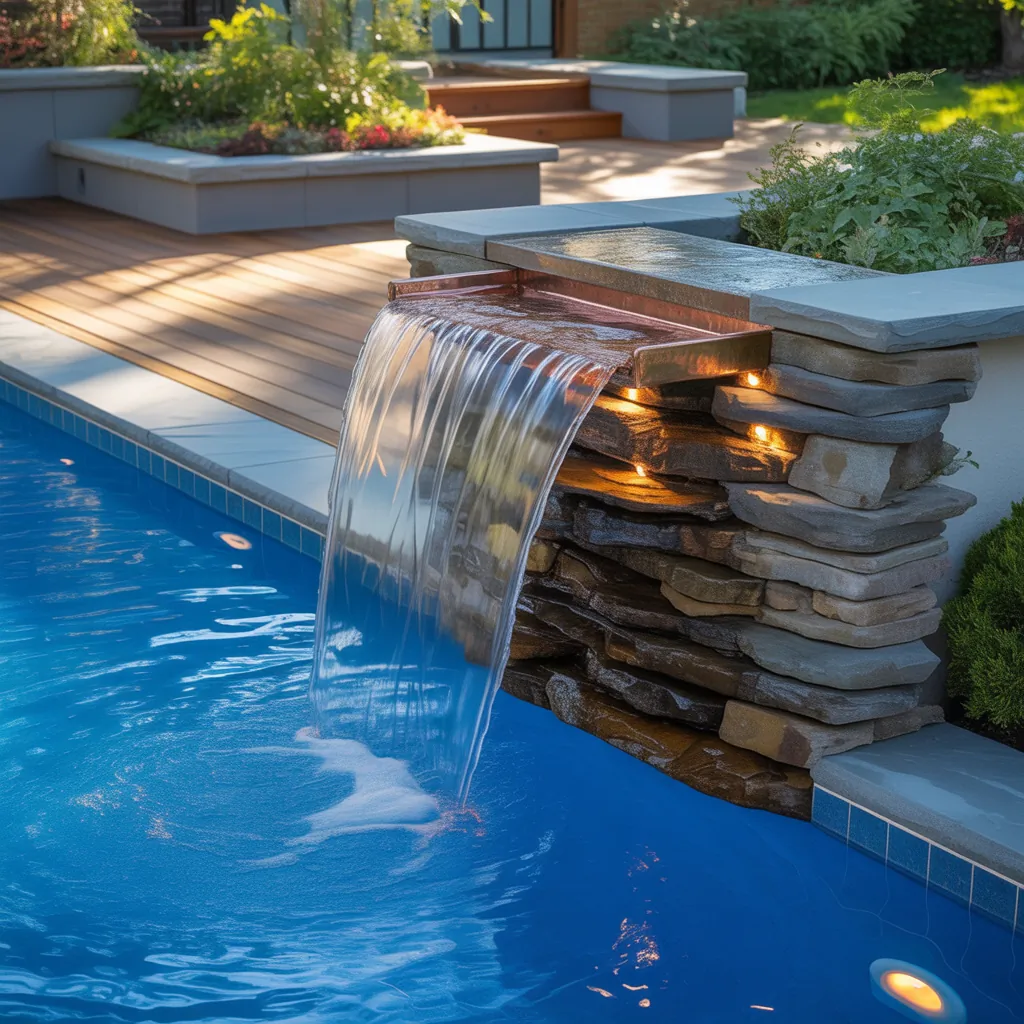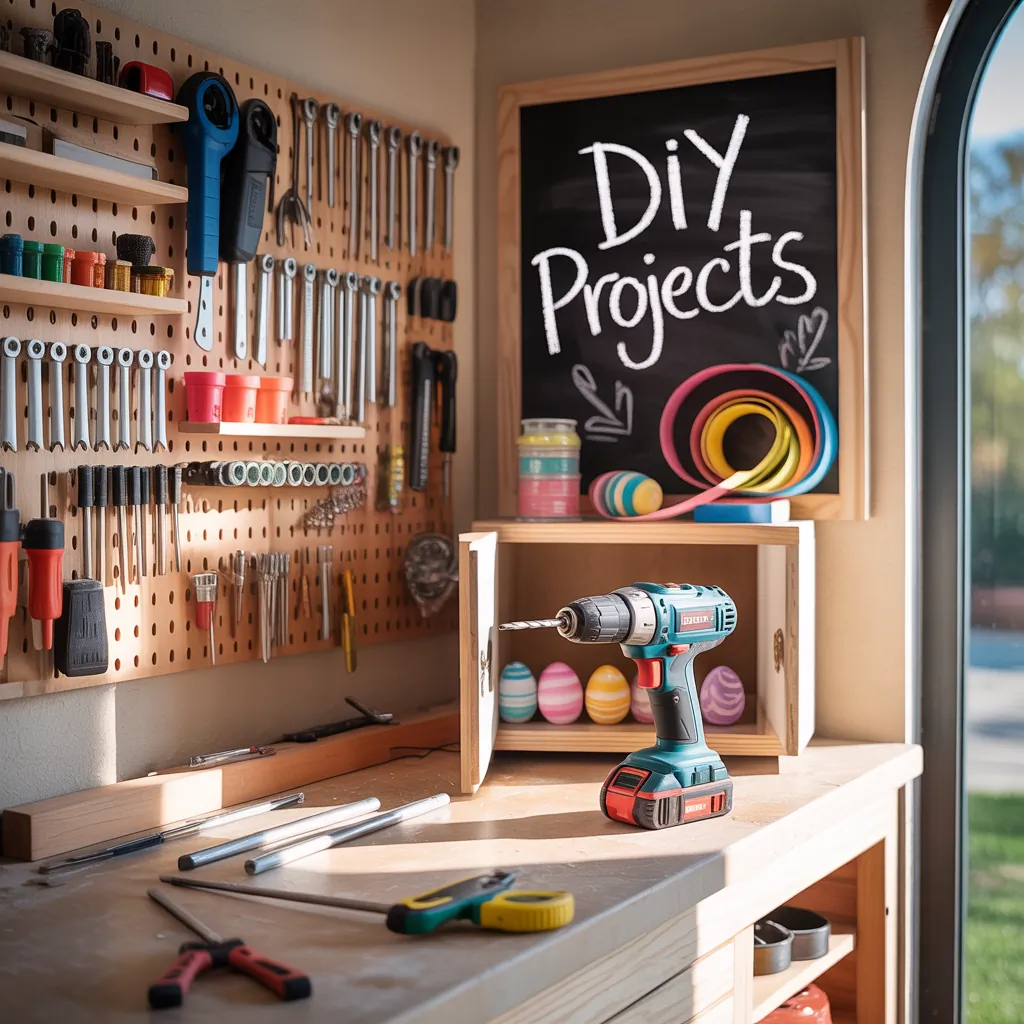Have you ever stood in your yard after a rainy weekend, frustrated by bare patches, weeds popping up, or a garden that looks tired despite your best efforts? Whether you’re tackling a weekend DIY or planning a full yard refresh, choosing the right mulch can be one of the quickest, most affordable ways to boost curb appeal and make your beds look professionally finished. In this guide, I’ll walk you through landscape mulch ideas that are beautiful, practical, and easy enough for most homeowners to install themselves.
Why Mulch Matters: Benefits Beyond Looks
Mulch is more than just a finishing touch. The right mulch helps retain soil moisture, suppress weeds, moderate soil temperature, improve soil structure (for organic kinds), and protect roots during extreme weather. It also creates contrast and texture that make plants pop, improving overall landscape design and increasing perceived value.
Practical benefits
- Reduces watering needs by slowing evaporation.
- Stops many weed seeds from reaching light and germinating.
- Prevents soil erosion on slopes and around foundations.
- Improves soil fertility over time when using organic mulches.
Landscape Mulch Ideas
Here are tested mulch solutions to solve common garden problems, plus design-forward options to elevate your outdoor spaces.
1. Classic shredded bark (organic)
Shredded hardwood bark is a go-to for flower beds and foundation plantings. It offers a natural look, decomposes slowly, and enriches soil as it breaks down. Best for: mixed perennial beds and shrub borders.
2. Cedar or pine bark nuggets (scented, long-lasting)
These larger pieces provide texture and last longer without frequent replenishing. The natural oils in cedar can deter some pests. Best for: pathways, larger beds, and areas where a rustic aesthetic is desired.
3. Compost and leaf mulch (budget-friendly, soil-building)
For gardeners focused on soil health, well-aged compost or shredded leaves improve fertility and water retention. Apply thinner layers and top with a decorative mulch if you want a tidier look. Best for: vegetable gardens and native plantings.
4. Rubber mulch (low-maintenance, durable)
Made from recycled tires, rubber mulch lasts for years, resists compaction, and is excellent for playgrounds or high-traffic areas. It doesn’t improve soil and can hold heat, so avoid placing it near heat-sensitive plants. Best for: play areas and modern, low-maintenance landscapes.
5. Decorative gravel and pea stone (drought-tolerant design)
Gravel creates a contemporary, xeriscape look. It improves drainage and is ideal for succulent gardens, dry riverbeds, or Mediterranean-style plantings. Pair with proper edging to keep stones contained. Best for: drought-tolerant gardens and modern front yards.
6. Cocoa shell mulch (fragrant, rich color)
This byproduct of the chocolate industry smells great and has a dark, attractive color. It breaks down faster than bark and can be toxic to pets if ingested, so use with caution. Best for: ornamental beds away from pets and children.
7. Colored mulch (curb appeal boost)
Dyed mulches offer consistent color year-round for a polished look. Choose high-quality, low-bleeding options and avoid dark dyes that may overheat soil in hot climates. Best for: high-visibility areas where color uniformity matters.
Design Tips: Using Mulch to Enhance Your Landscape
- Contrast Colors: Use lighter mulch like straw or pea gravel around dark-leaved plants for visual pop.
- Texture Mix: Pair fine mulch near delicate perennials and larger nuggets around shrubs for layered texture.
- Define Spaces: Use mulch type and color changes to create visual “rooms” in large landscapes (e.g., bark around beds, gravel around paths).
- Edge for Clean Lines: Steel or stone edging keeps mulch in place and gives a professional finish.
DIY Step-by-Step: How to Install Mulch Like a Pro
Follow these simple steps to get an even, long-lasting mulch application.
- Measure your beds to calculate how much mulch you need (depth x area). Tip: Most mulches are sold by cubic yards — measure area in square feet and multiply by desired depth in feet, then divide by 27.
- Clear the area: Remove weeds, debris, and old mulch if it’s compacted or matted.
- Lay weed barrier fabric for persistent weed problems, but avoid under perennial beds if you want soil life to thrive.
- Edge beds to create a clean separation between lawn and mulch.
- Apply mulch to a depth of 2–4 inches for organic mulches; 1–2 inches for fine mulches. Avoid piling mulch against plant stems or tree trunks (“volcano” mulch).
- Smooth with a rake and water to settle the mulch. Top up annually or as needed.
Maintenance Tips & Real-World Advice
Keep your mulch looking fresh and functional with these realistic tips:
- Refresh organic mulch every 1–2 years — more often for fine mulches that decompose quickly.
- Fluff matted mulch in spring with a garden fork to improve aeration and water infiltration.
- If you use colored or rubber mulch, check that it’s approved for your local climate and doesn’t leach unwanted chemicals.
- For lasting curb appeal, combine mulch with seasonal plantings, solar lighting, and clean edging.
Frequently Asked Questions
Q1: What is the best mulch for flower beds?
A1: For most flower beds, shredded hardwood bark or compost-amended bark is a top choice — it retains moisture, suppresses weeds, and slowly enriches the soil. Match mulch type to plant needs (e.g., gravel for succulents, compost for veggies).
Q2: How deep should I put mulch around trees?
A2: Keep mulch 2–4 inches deep and pull it back several inches from tree trunks to prevent moisture buildup against bark, which can invite rot and pests. Avoid creating a mulch “volcano.”
Q3: Can mulch prevent weeds completely?
A3: Mulch greatly reduces weed growth by blocking light to seeds, but it doesn’t prevent all weeds, especially those that spread by runners or wind-blown seeds. Combine mulch with good edging and spot-weeding for best results.
Conclusion: Try These Landscape Mulch Ideas This Weekend
Choosing the right mulch is one of the easiest ways to upgrade your yard’s look and performance. From organic shredded bark to modern gravel and durable rubber options, there’s a mulch solution for every style, budget, and plant palette. Ready to transform your beds? Start by measuring your spaces, pick one or two mulch types that suit your climate and plants, and try a small area first to see the visual impact. For more hands-on projects, check out our DIY projects page or browse additional inspiration on home design ideas and kitchen upgrades for indoor improvements that pair well with outdoor curb appeal.
Want personalized advice? Share a photo of your beds and I’ll suggest the best mulch options and a step-by-step plan to get started.



